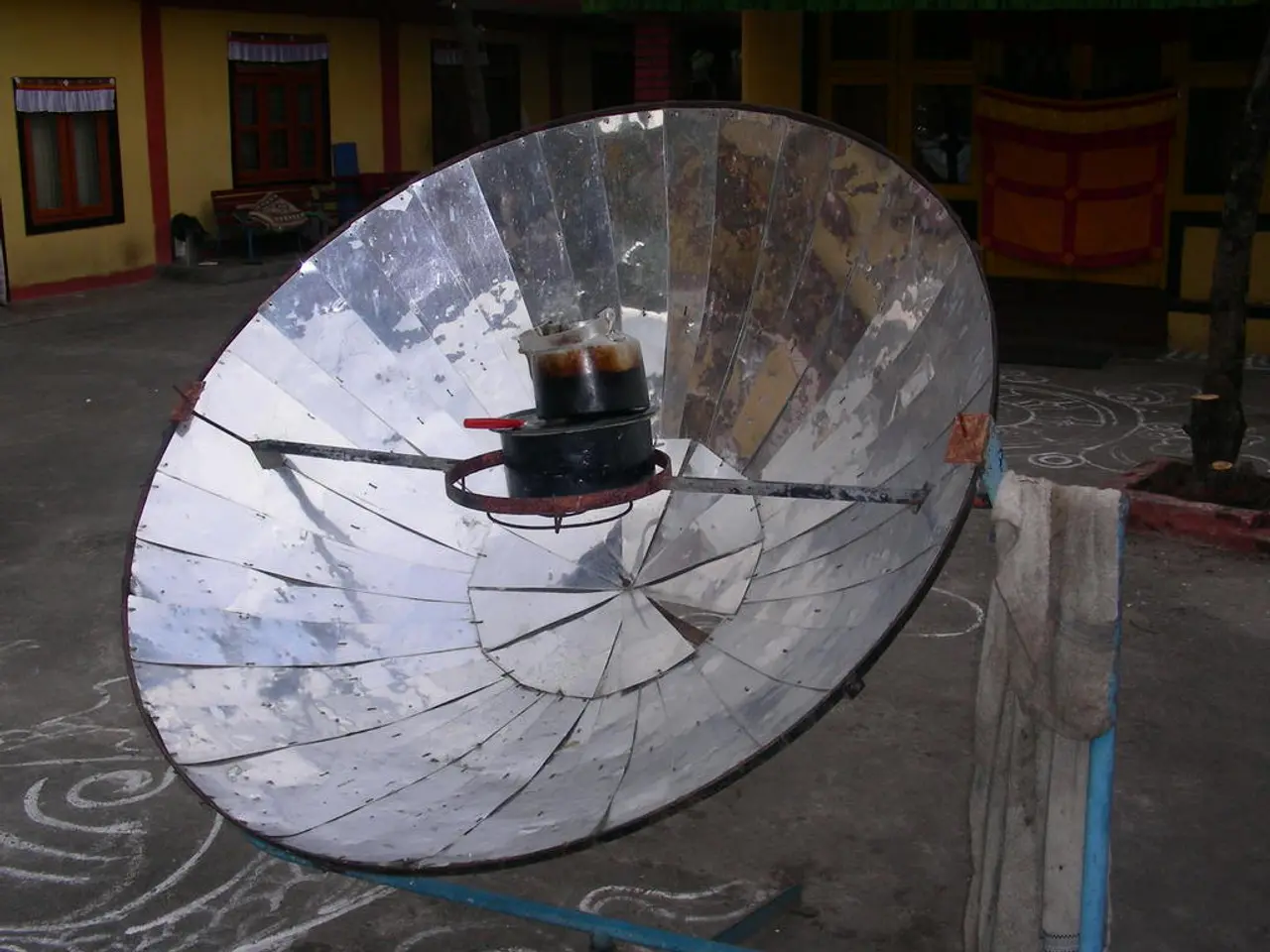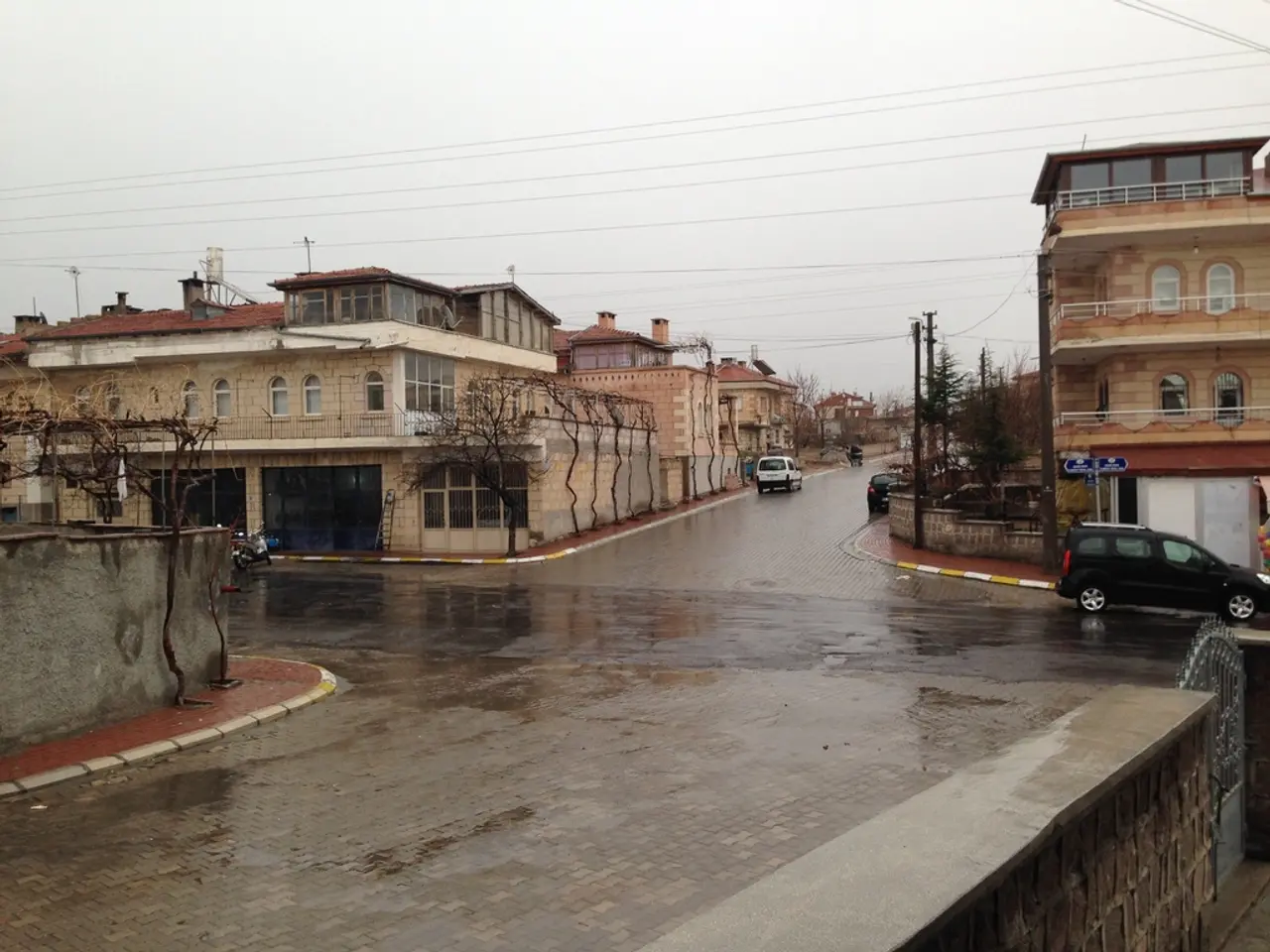Three decades of satellite-based depth measurement - A hydrographic tool that is now indispensable for sea charting professionals
Satellite Derived Bathymetry (SDB) is revolutionizing the field of hydrography and coastal charting, offering significant benefits for mapping shallow waters and monitoring coastal environments. This innovative method, which uses optical sensors to measure reflectance and bathymetric modeling to detect shallow waters, is now being employed by major hydrographic services such as the United Kingdom Hydrographic Office, the United States National Oceanic and Atmospheric Administration, and the Canadian Hydrographic Service.
Applications of SDB
SDB enables detailed mapping of coastal and shallow water bathymetry, facilitating the creation and updating of nautical charts, important for safe navigation and maritime operations. It is also used for shoreline and coastal change monitoring, supporting coastal erosion studies, sediment transport, and habitat mapping. Accurate bathymetric data helps identify and monitor marine habitats, which supports conservation and blue carbon ecosystem projects. SDB is also beneficial for port and coastal engineering, providing up-to-date depth information for dredging, infrastructure development, and planning. Large-area shallow water mapping is another key application, with companies like EOMAP demonstrating operational SDB mapping over wide regions.
Benefits of SDB
SDB offers numerous advantages, including cost-effectiveness and efficiency. It can cover large or remote coastal and shallow water areas rapidly and at lower cost compared to traditional hydrographic surveys such as shipborne sonar or airborne lidar. SDB also provides high spatial resolution, with satellite sensors such as Sentinel-2 offering multispectral data allowing bathymetric mapping with resolutions around 10 meters or better. Frequent revisits enable ongoing monitoring of dynamic coastal environments and bathymetric changes. SDB is often used alongside active sensors like ICESat-2’s green laser altimeter for calibration or validation, combining the strengths of different data sources. SDB can produce bathymetric data in shallow, turbid, or remote waters difficult for traditional survey platforms, expanding hydrographic knowledge in previously under-surveyed areas.
However, it's important to note that SDB cannot provide vertical measurement with the precision required by the IHO S-44 Standards. Its use is also constrained by clear skies and waters transparent enough to see the bottom, similar to Captain Cook's preconditions.
In summary, SDB is increasingly vital in hydrography and coastal charting due to its ability to efficiently produce accurate, high-resolution water depth maps over large and often inaccessible areas. It supports navigation safety, environmental monitoring, coastal management, and engineering projects with cost-effective, up-to-date data. The future of SDB looks promising, with potential developments in Depth of light Penetration statistics applicable to optical remote sensing worldwide and the use of machine learning methods to simplify the supervised approach.
[1] ICESat-2 lidar measurements
[2] The International Hydrographic Review
[3] EOMAP
[4] Breiman, L. (2001). Random Forests. Machine Learning, 45(1), 5-32.
[5] Sentinel-2
- The innovative technology of Sentinel-2's optical sensors aids in SDB, offering high spatial resolution necessary for mapping shallow waters with precision, contributing significantly to the safety of navigation and nautical charting.
- By employing machine learning methods, as proposed by Breiman in 2001, SDB data processing can potentially become more simplified, allowing environmental-science researchers to analyze changes in coastal environments more efficiently during hydrographic surveys.
- Companies like EOMAP utilize SDB for large-area shallow water mapping in various applications such as port and coastal engineering, alongside the implementation of technology like hydrographic surveying to ensure accurate data for infrastructure development and planning.




